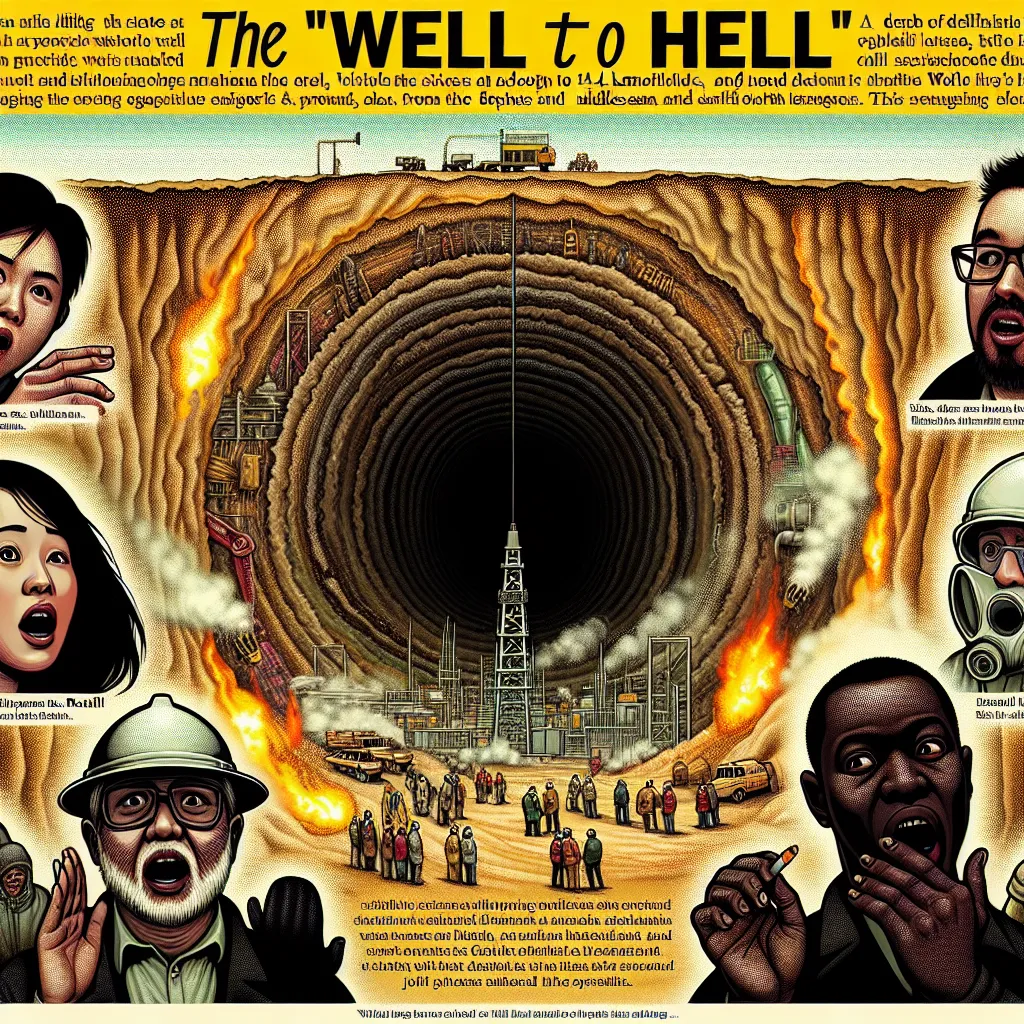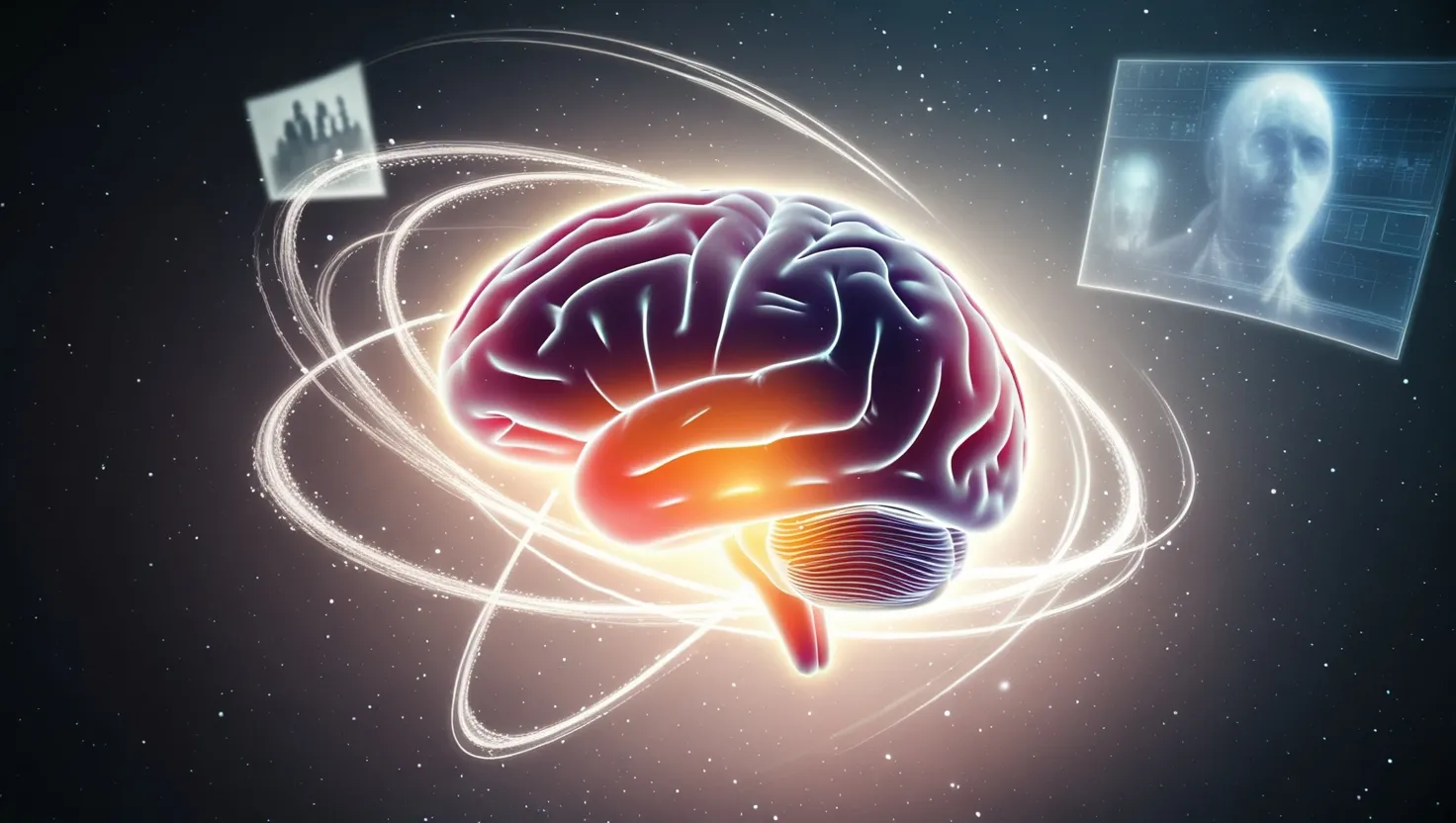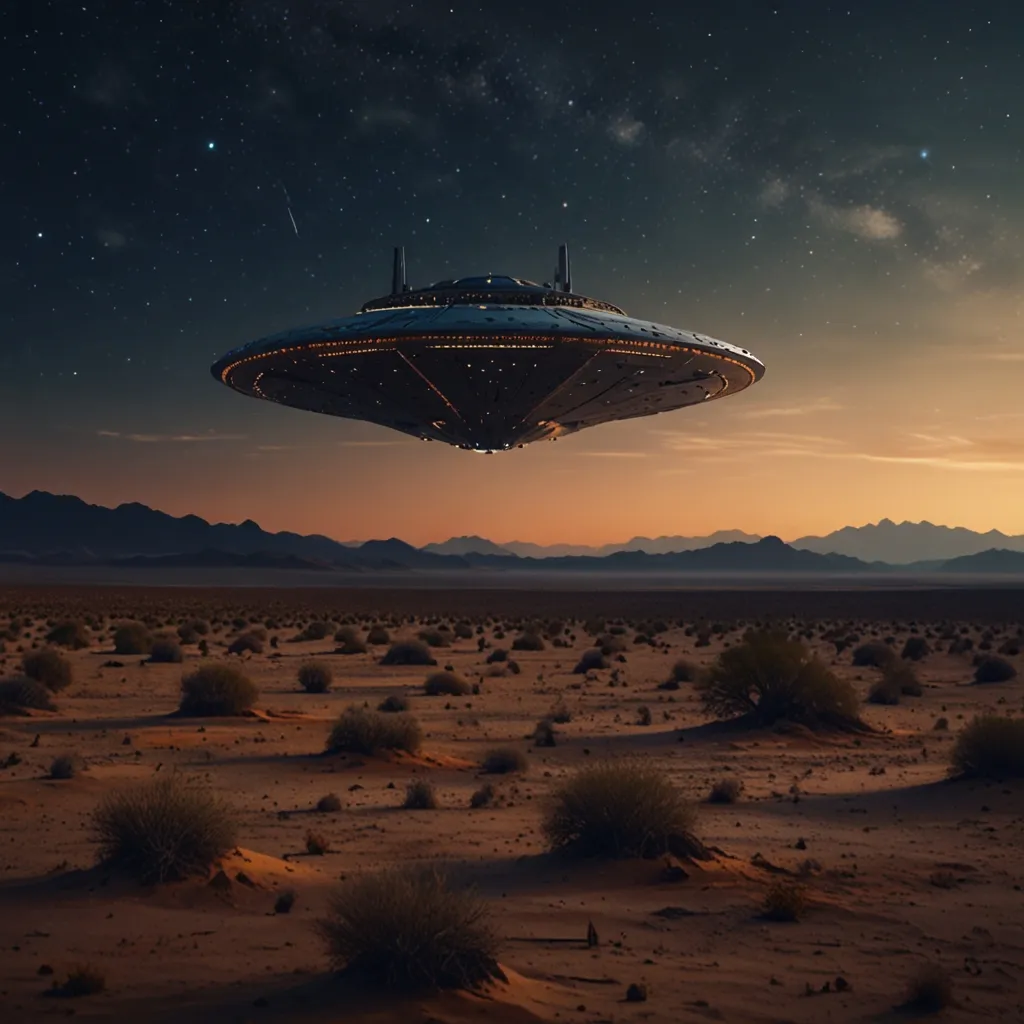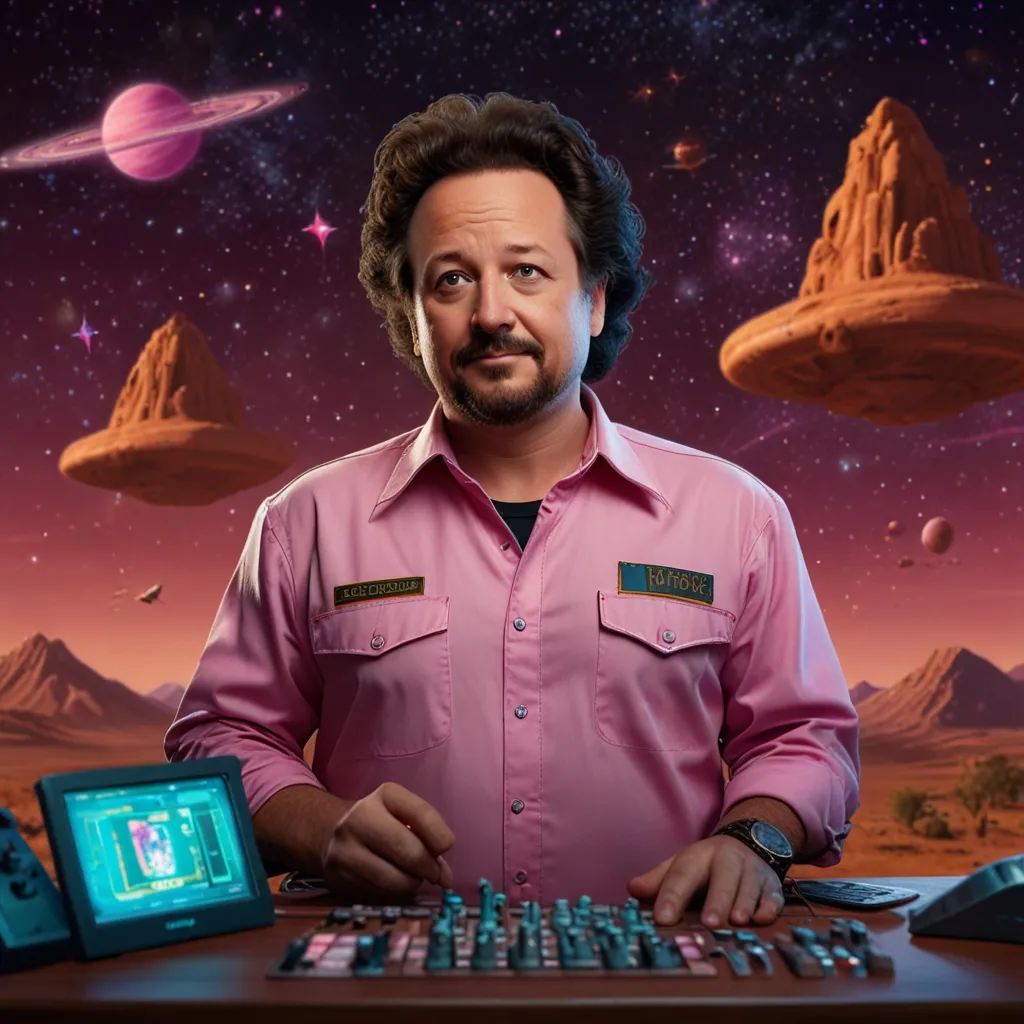When a Soviet drilling team reached 14.4 kilometers, they hit an unexpected cavern. From the surface, scientists heard eerie sounds and decided to lower instruments including a microphone. Despite the toxic gases and extreme temperatures, the microphone picked up unsettling noises. Most of the crew quit after hearing what sounded like human screams. This site, soon dubbed the “Well to Hell,” became infamous.
After World War II, both the U.S. and the Soviet Union raced to recruit Nazi scientists. The U.S. ran Operation Paperclip, bringing 1,600 experts stateside, while the Soviet Union recruited over 2,500 scientists through Operation Osavea Kim. This sparked a scientific rivalry that endured for decades, focusing on nuclear and space technology.
But beyond the known competition was a subterranean race. America’s Project Mohole began drilling in the Pacific Ocean but soon faltered due to poor management. The Soviets were more successful with the Kola Superdeep Borehole, reaching 12 kilometers, the deepest borehole to date. However, their secret drilling project in Siberia is where the true horror story begins.
In 1989, Dr. Dimitri Azakov’s team hit a hollow area 14.4 kilometers deep. Instruments reported temperatures over 1100 degrees, far beyond what was expected. Odd sounds from the hole led them to lower a specialized microphone, capturing the chilling audio of what seemed like human screaming. Azakov believed they had drilled into hell itself, prompting half the team to quit immediately. Later, a gas plume emerged, forming a bat-like shape with the message “I have conquered.” Medics allegedly administered drugs to erase these memories under KGB orders.
While the story might sound compelling, there’s no solid evidence. The urban legend gained traction when Art Bell played a supposed recording of the screams on his Coast to Coast AM radio show. The tale was first published by the Trinity Broadcasting Network, later revealed as hearsay originating from various unreliable sources. A Norwegian teacher named Aagje Rendall even added false details to the story to test TBN’s gullibility, which they accepted without fact-checking.
Despite its debunked status, the “Well to Hell” legend resurfaces periodically, complete with the chilling audio, likely sourced from an old horror movie. However, no deep drilling project has ever found hellish caverns or demons. The Kola Superdeep Borehole continues to be the deepest point humans have drilled, revealing scientific discoveries like fossilized plankton and mineralized water but no signs of hell.
Thanks for spending time with me today! If you enjoyed this story, don’t forget to like, share this post, and explore more tales of the unknown.






